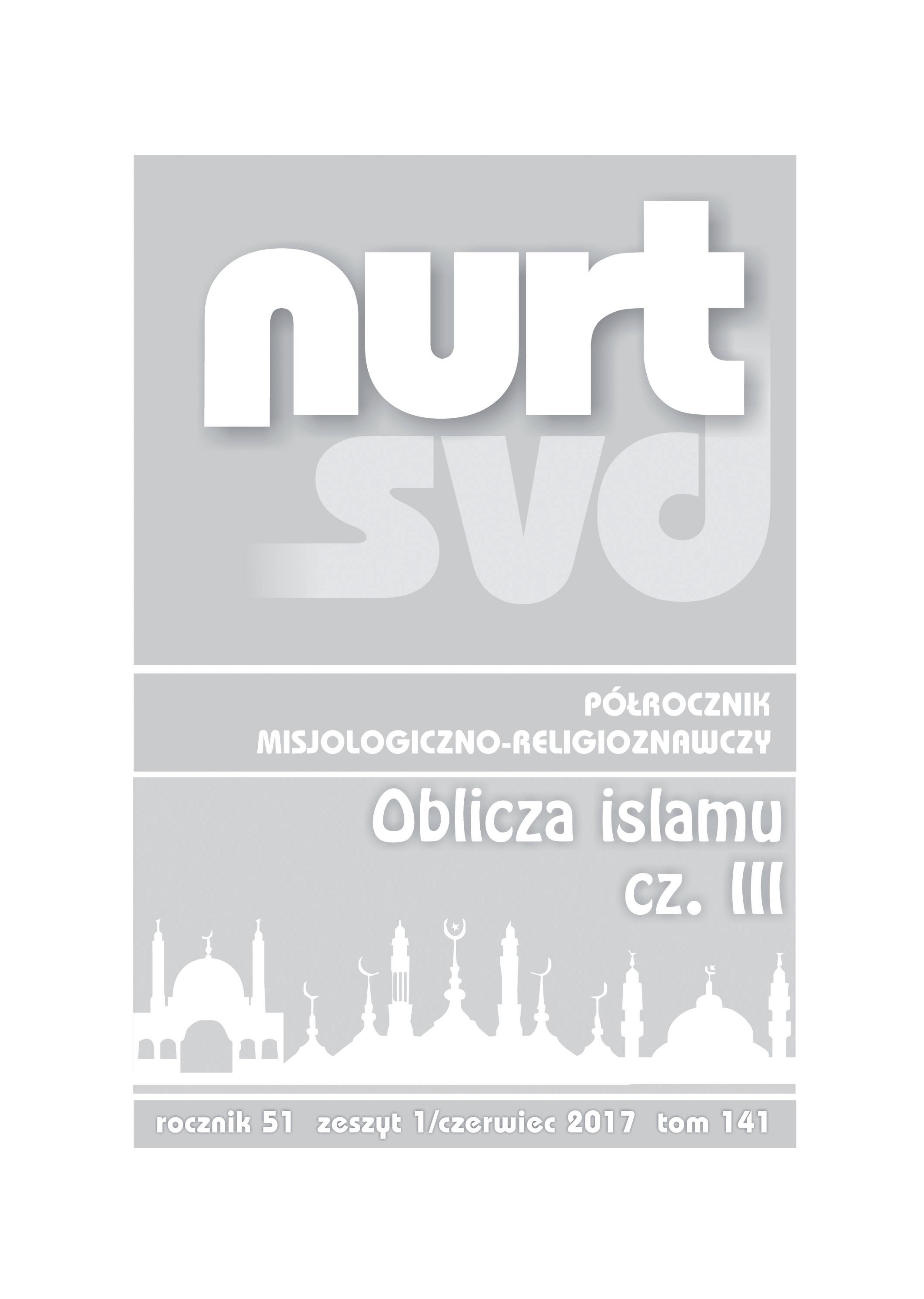Metafora i piękno w Iliadzie Homera
Metaphor and beauty in the Illiad
Author(s): Wacław GrzybowskiSubject(s): Studies of Literature
Published by: Verbinum
Keywords: ancient history; Hellenism; Homer; Illiad; Greek literature
Summary/Abstract: The Illiad, traditionally attributed to Homer, is a multilayered story about the heroic past of the Achaean aristocracy. Though engaged in an unjust war and plunder, thus contaminated by guilt, ate, the Achaeans strive for the very model of virtue, arete – courage and wisdom paired with respect shown towards the defeted enemy. The glory of arete is compromised on both sides of the conflict, the Acheans (Achilles and Agamemnon) and the Trojans (Paris and Hector). Their guilt, born of temptation which they – as mortals – cannot resist, paradoxically makes them responsible for the evil they have no power to contain. Their punishment thus becomes their atonement for their wrongdoing and their chance to redeem their discredited heroism and virtue. All these ideas are conveyed by the metaphors employed by Homer throughout his complex masterpiece. His way of presenting the protagonists and narrating their stories creates a brilliant composition of meanings and harmony, which the European scholastics many centuries later described as the constituent elements of beauty: proportio, integritas and claritas. The Illiad marks an enormously important stage in the development of the ancient search of the true goodness and beauty, kalokagathia (Ancient Greek: nobility, goodness, from kalos: beautiful, kai: and, agathos: good).
Journal: Nurt SVD
- Issue Year: 141/2017
- Issue No: 1
- Page Range: 309-324
- Page Count: 16
- Language: Polish

